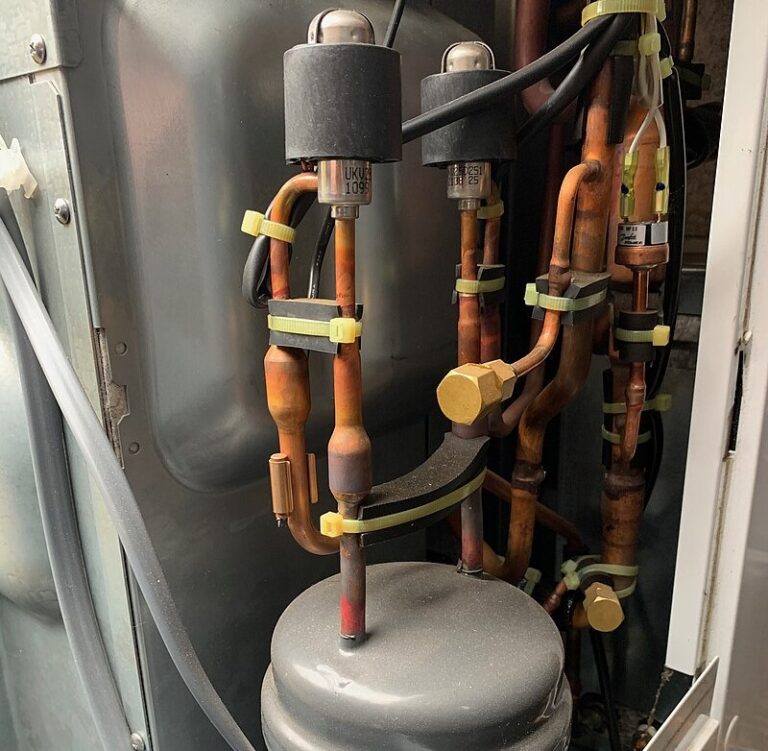A European research team has proposed a new approach to sizing air source heat pumps that uses long-term climate data and adjusts system operation based on actual local climate conditions. The sizing algorithm includes the peak heat demand, the unitary final energy demand and the seasonal heat demand for different house sizes.
An international research group has devised a new sizing methodology for air source heat pumps (ASHP) that is tailored to specific weather conditions. The new method is designed for ASHPs used in detached houses for space heating and hot water supply.
The group presented the new approach in the study “Climate-based sizing and long-term economic assessment of air-to-water heat pumps for home heating”, published in Applied thermal technologywhere it explained that the new approach uses long-term local climate data and key parameters such as ambient air temperature, peak heat demand, unitary final energy or seasonal heat demand.
“The proposed tool allows accurate selection of HP, avoiding problems such as over- or under-sizing, which can lead to inefficiencies,” the scientists emphasized. “By taking into account local weather variations and long-term trends, the tool ensures the economic viability of HP systems.”
The researchers said the proposed approach was validated by a series of simulations on Toshiba’s 4th generation HPs of different sizes: HWS-804H-E (8 kW), HWS-1104H8-E (12 kW) and HWS-1604H8-E (16kW) . They assumed the houses had underfloor heating, which they said is the perfect match for HPs, and a ‘highly efficient’ water system, with the central heating temperature set at 30C and the hot tap water at 45C.
They compared the performance of these heat pumps with that of an EcoTherm Kompakt WBS 14E gas boiler with a heat capacity ranging from 3.5 kW to 14 kW. The analysis relied on local weather data in Poland, Lithuania and Croatia, which they say offers the benefit of a “granular understanding of region-specific dynamics.”
According to the research group, the simulations showed that local weather conditions have a significant impact on the economic viability of ASHPs. “Comparison of cold and warm years demonstrates the variability of the cost-effectiveness indicators,” they specified. “The more detailed local conditions are considered, the more optimal the selection will be.”
Furthermore, the scientists found that ASHPs can only compete with gas boilers in some cases, with gas prices playing a key role.
“It is worth noting that when analyzing many years for a given location, the number of warm periods may be higher than that of cold periods,” she added. “Although the optimal HP for a cold year will be significant, a smaller HP may prove to be more cost-effective.”
In the next phase of their work, they plan to incorporate climate change projections, refine model validations with external datasets to avoid overfitting, and expand geographic applicability.
The research team included academics from the University of Zagreb in Croatia, Opole University of Technology in Poland and Vilnius Gediminas University of Technology in Lithuania.
This content is copyrighted and may not be reused. If you would like to collaborate with us and reuse some of our content, please contact: editors@pv-magazine.com.


